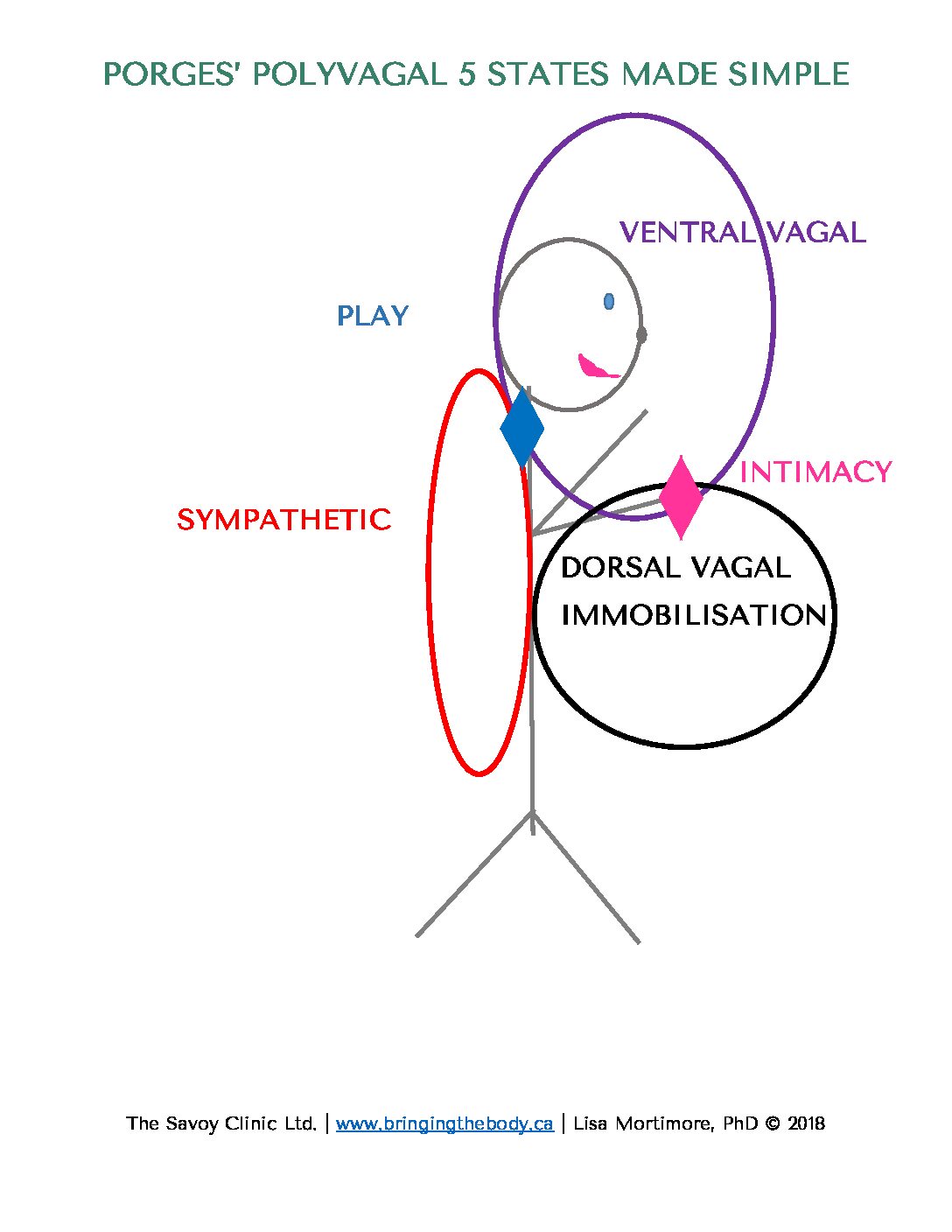Our Blog
Understanding the Polyvagal Theory and how it Revolutionized Trauma Therapy
Dr. Stephen Porges’ Polyvagal Theory tells us that the autonomic nervous system responds to life threating or the perception of life threatening events (trauma), revolutionizing how therapists understand and work with trauma.
Meet the Somatic Attachment Psychotherapy Training Trainers
Meet Lisa Mortimore, PhD and Stacy Adam Jensen, MEd, and get a peek behind the scenes of the BBP world.
A practical guide to close calls- One cyclist to another
As a lifelong cyclist I know the harrowing things that can happen when we live life on two wheels. The good thing is that as a psychotherapist specializing in trauma, I know some of what it takes to process the trauma of accidents and near misses. I’m going to outline the simplest thing that we can do so that the fright of a near miss doesn’t get stuck inside our body, and compromise our ability to be safe on the bike.
The Art and Business of Clinical Practice: A conversation with Stephanie Davis, MEd, RCC, ACC
Let’s be honest, private practice is an idealized and popular path for those of us with training as therapists and yet, none of the counsellor training programs offer any courses to support the visioning, launching or running of a private practice.
Somatic Attachment Psychotherapy: Modality check from the BCACC Insights Magazine
The heart of Somatic Attachment Psychotherapy (SAP) and SAP trainings is the reparation of early attachment injuries through a framework that weaves together: attachment theory and application to clinical practice, trauma research and practice application, affect and autonomic nervous system (ANS) regulation, somatic psychotherapeutic principles and practices, and relational/interpersonal psychoanalytic psychotherapy.
Somatic Therapy and Incident Trauma: When Relational Trauma is in the Mix
Incident trauma enters our lives unanticipated and uninvited. It ruptures the fabric of life and can be devastating—whether it be motor vehicle collisions, medical diagnosis, assaults of any kind, natural disasters, accidents, illnesses, loss, and the list goes on. As therapists, we need to be cognizant not only of the intense disruption and dysregulation to the autonomic nervous system (ANS), but we need to be aware of the disruption to identity that often comes with the experience.
SOMATIC THERAPY: THREE KEY COMPONENTS
Psychotherapists are often curious about, how do I bring the body into my clinical practice?
Chronic Shame: Meeting the Underlying Emotion
Chronic shame is deeply woven into the stories and neurophysiology of many of clients seeking therapy. Because chronic shame is a relational injury, with its roots in early life, it is woven into the fabric of the self and largely nonverbal in origin.
Attachment Theory and Research: Application to Clinical Practice
Attachment theory and research seems to be everywhere these days and I routinely hear from clinicians, how do I apply attachment theory to my clinical practice?









